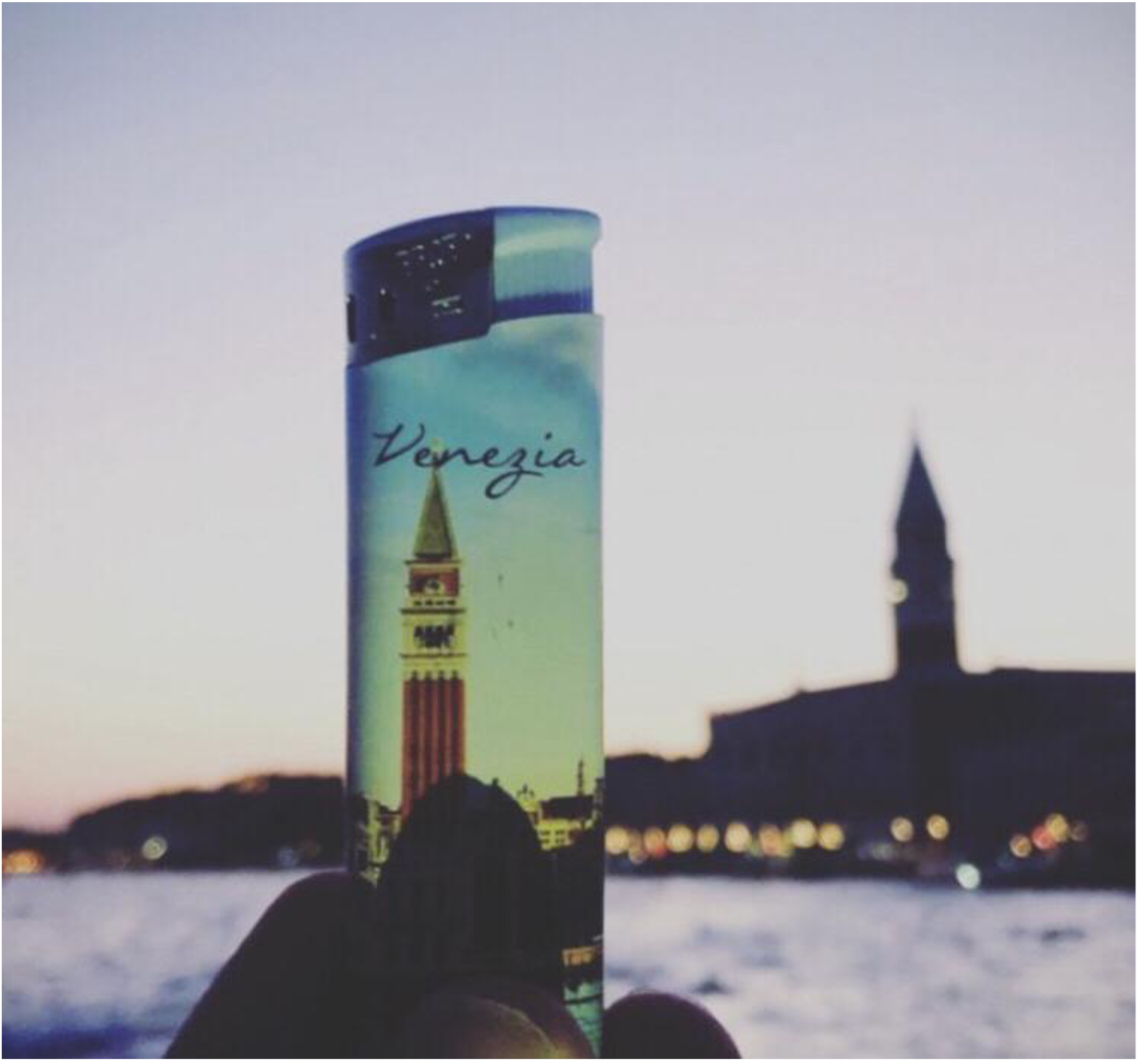Venice is not a bias. Observations on the fusion of real and imaginary in a hyper-city
DOI:
https://doi.org/10.13133/2532-6562/17922Keywords:
Venice, documentary, turism, gentrificationAbstract
This article traces the different theoretical nodes that are at the basis of a research that started in 2016 and concluded in 2021 with the making of the documentary Venice Elsewhere, which seeks to investigate the chronic illness of a city. A population that in the historic centre, to date, is about to fall below the threshold of 50,000 residents, with a tourist flow that is calculated in tens of millions of presences per year, and a surface area of 8.3 square kilometres that assertively responds to a market that has one single demand: to watch. A hyper-exposure that over the decades has led to a paradox: the boundaries of the city, as in an overexposed photo, are becoming blurred, caught between an emptying of identity and an increasingly widespread desire to imitate its forms, or just to use its name, elsewhere in the world. In my work I wanted to meet those who evoked Venice without ever having been there, but feeling it to be their own.
References
Agamben G. (2005). Profanazioni. Roma: Nottetempo. Agamben G. (2009). Nudità. Roma: Nottetempo.
Anderson B (2009). Comunità immaginate: origine e fortuna dei nazionalismi. Roma: Edizioni Laterza.
Appadurai A. (2001). Modernità in polvere. Roma: Meltemi.
Augé M. (1993). Nonluoghi. Introduzione a una antropologia della surmodernità. Milano: Elèuthera.
Barberi P., a cura di, (2010). È successo qualcosa alla città. Manuale di antropologia urbana. Roma: Donzelli Editore.
Barth R. (2003). La camera chiara. Nota sulla fotografia. Torino: Einaudi.
Baudrillard J. (1990). Fatal Strategies. Boston: Semiotext(e).
Baudrillard J. (2008). Simulacri e impostura. Bestie Beabourg, apparenze e altri oggetti. Roma: Edizioni Pigreco.
Benjamin W. (2000). L’opera d’arte nell’epoca della sua riproducibilità tecnica. Torino: Einaudi.
Boorstin D. (1961). The image: A Guide to Pseudo-Events in America. New York: Harper and Row.
Borges J. L. (1997). Storia universale dell’infamia. Milano: Adelphi.
Borghi R. e Camuffo M. (2010). «Differencity: postcolonialism e costruzione delle identità urbane». In: Barberi P. (a cura di), È successo qualcosa alla città. Manuale di antropologia urbana. Roma: Donzelli Editore.
Da Vinci L. (2015). Trattato della pittura. Roma: Newton Compton Editori.
Debord G. (2006). Oeuvres. Parigi: Editions Gallimard.
DeLillo D. (2005). Rumore bianco. Torino: Einaudi.
Judd D. E Fainstrein S. (1999). The Tourist City. New Haven. Yale University Press.
Koolhaas R. (2021). Testi sulla (non) città. Macerata: Quodlibet.
Lussault M. (2007). Iper-Luoghi. La nuova geografia della modernizzazione. Milano: Franco Angeli.
MacCannell D. (1976). The tourist: a New Theory of the Leisure Class. London: Macmillan.
McCarthy M. (1972). The Stones of Florence; Venice Observed. Harmondsworth: Penguin.
McCarthy M. (1999). Venezia salvata. Milano: Archinto.
Martinotti G. (2017). Sei lezioni sulla città. Milano: Feltrinelli.
Mirzoeff N. (2017). Come vedere il mondo. Un’introduzione alle immagini: dall’autoritratto al selfie, dalle mappe ai film (e altro ancora). Monza: Johan & Levi.
Paoletti A. (2001). Viaggio a Gerusalemme di Pietro Casola. Alessandria: Edizioni dell’Orso.
Ruskin, J. (1987). Le pietre di Venezia. Rizzoli: Milano.
Salerno G. M. (2020). Per una critica dell’economia turistica. Venezia tra museificazione e mercificazione. Macerata: Quodiblet.
Scheppe W., a cura di, (2009). Migropolis. Atlas of a Global Situation. Berlin: Hatje Cantz Verlag.
Settis S. (2014). Se Venezia muore. Torino: Einaudi. Simmel G. (2017). Roma, Firenze,Venezia. Milano: Meltemi.
Sitte C. (1981). L’arte di costruire le città. L’urbanistica secondo i suoi fondamenti. Milano: Jaca Book.
Teti V. (2004). Il senso dei luoghi. Roma: Donzelli Editore.

Downloads
Published
How to Cite
Issue
Section
License
Copyright (c) 2022 Elias Romanelli

This work is licensed under a Creative Commons Attribution 4.0 International License.
NOTA DI COPYRIGHT
Proposta di licenza Creative Commons
1. Proposta per riviste Open Access
Gli autori che pubblicano su questa rivista accettano le seguenti condizioni:
Gli autori mantengono i diritti sulla loro opera e cedono alla rivista il diritto di prima pubblicazione dell'opera, contemporaneamente licenziata sotto una Licenza Creative Commons - Attribuzione che permette ad altri di condividere l'opera indicando la paternità intellettuale e la prima pubblicazione su questa rivista.
Gli autori possono aderire ad altri accordi di licenza non esclusiva per la distribuzione della versione dell'opera pubblicata (es. depositarla in un archivio istituzionale o pubblicarla in una monografia), a patto di indicare che la prima pubblicazione è avvenuta su questa rivista.
Gli autori possono diffondere la loro opera online (es. in repository istituzionali o nel loro sito web) prima e durante il processo di submission, poiché può portare a scambi produttivi e aumentare le citazioni dell'opera pubblicata (Vedi The Effect of Open Access).

